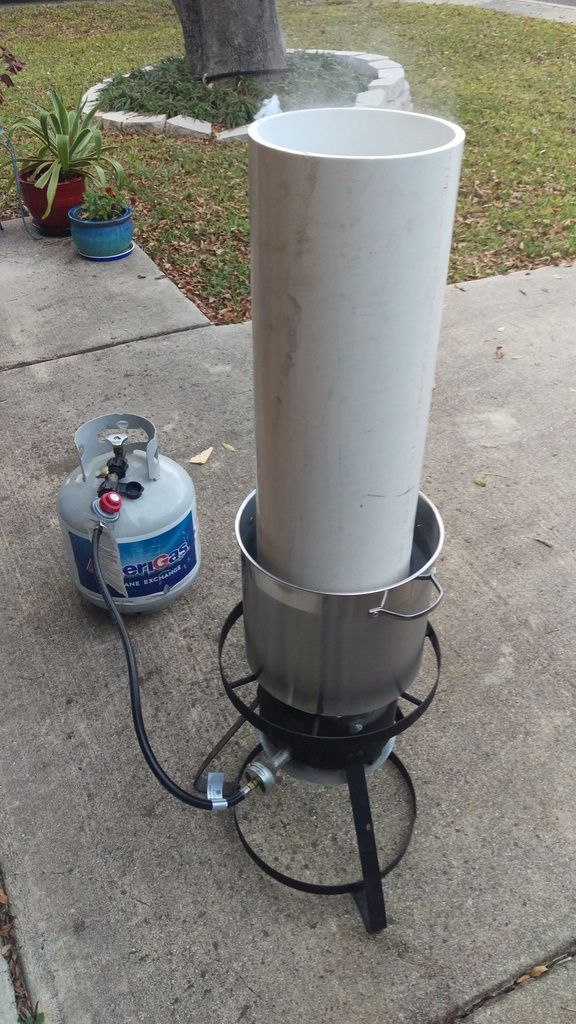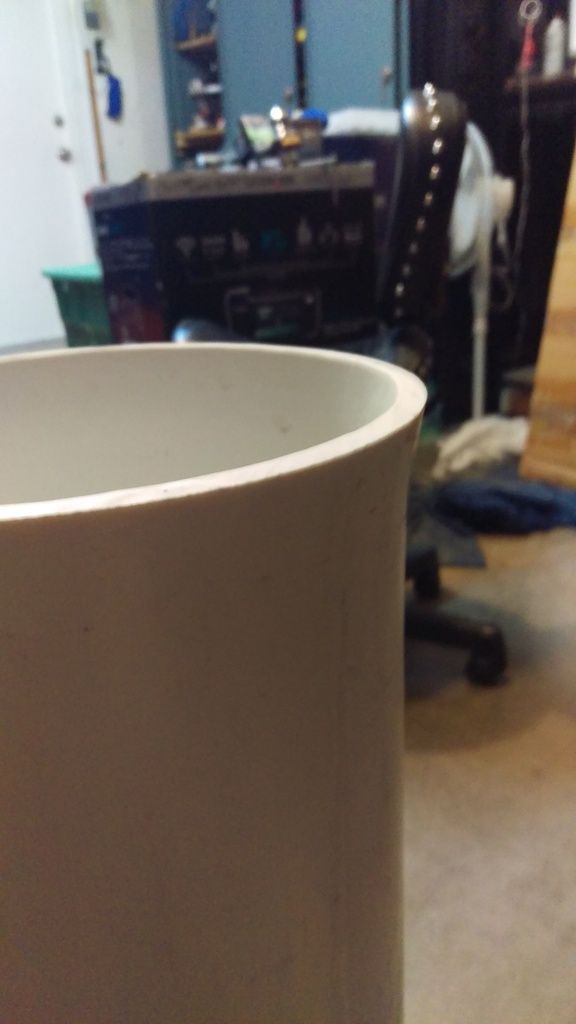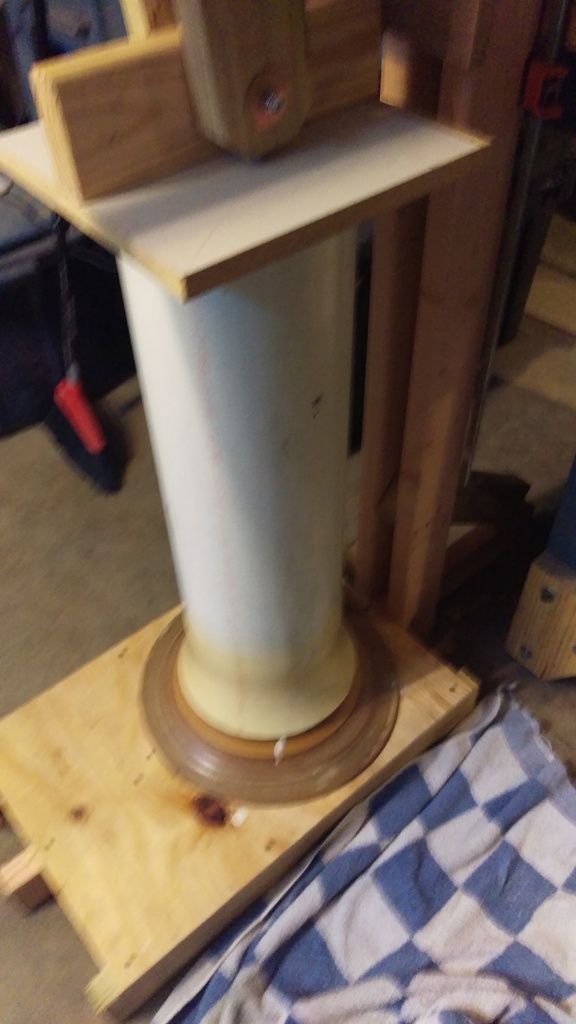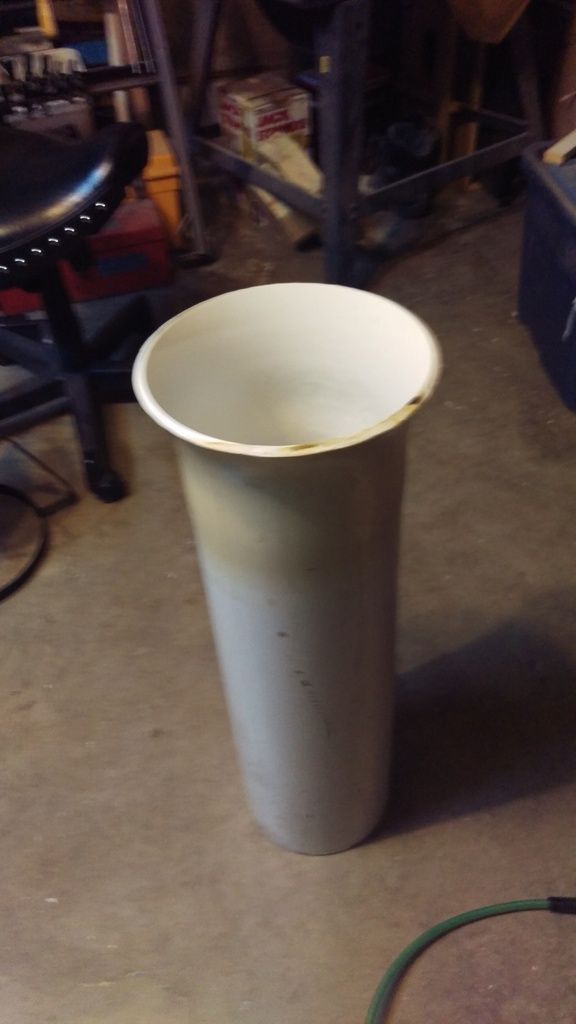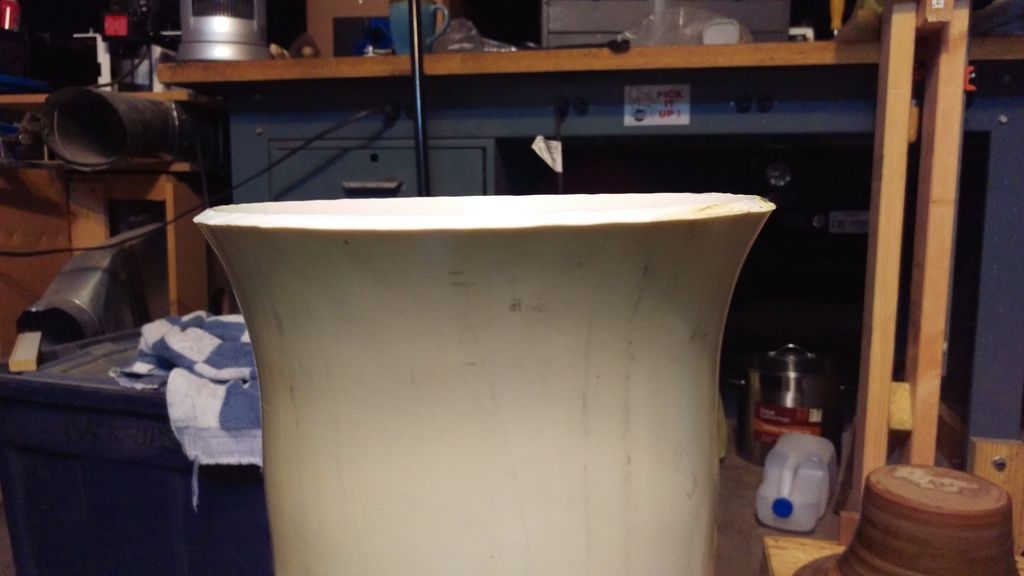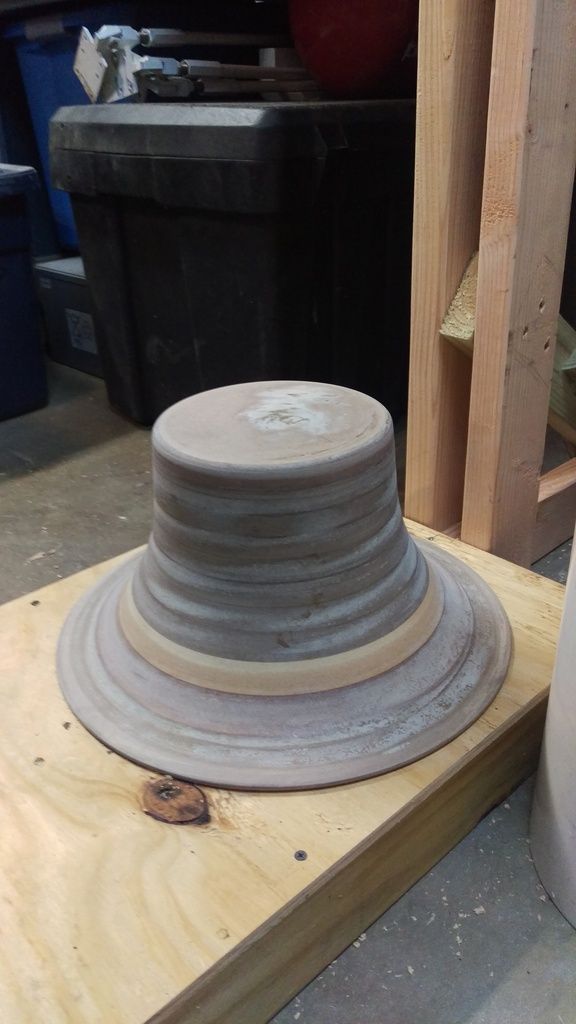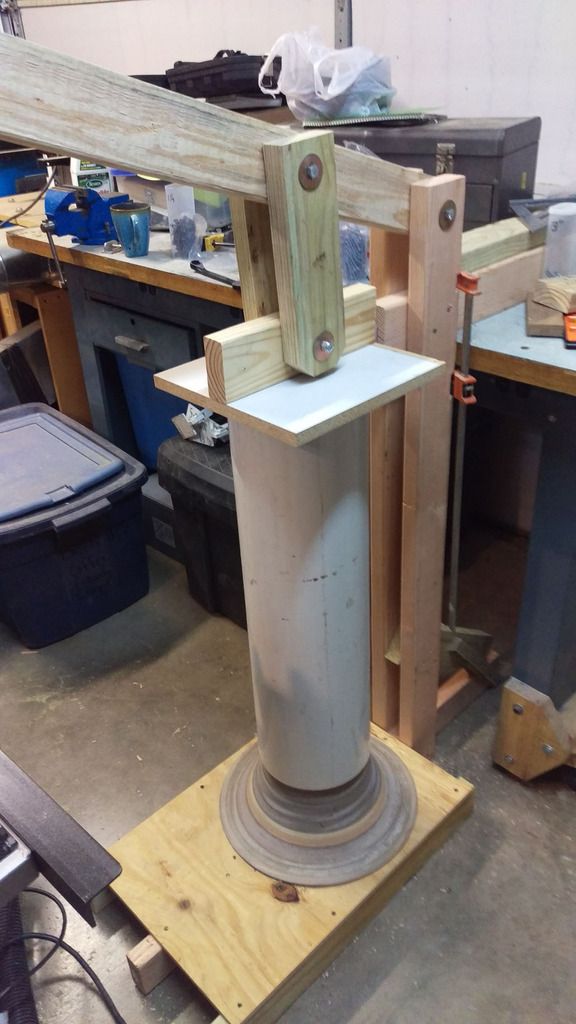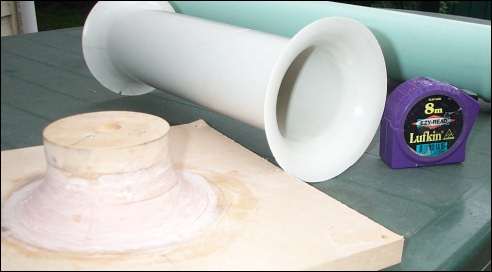Quote from: dwall174 on April 21, 2023, 02:20:31 PM
I guess I'm going to have to figure this one out myself!
I would guess that no one here has tried that exact set-up, so nobody wanted to give you an answer. Some of the questions I have had, have been the same way. I was asking about somethings that no one has tried. So, I am working on trying it myself...
The best thing I can say is give it a try and post up your results. It may help the next person that is hoping for answers.
Lance


